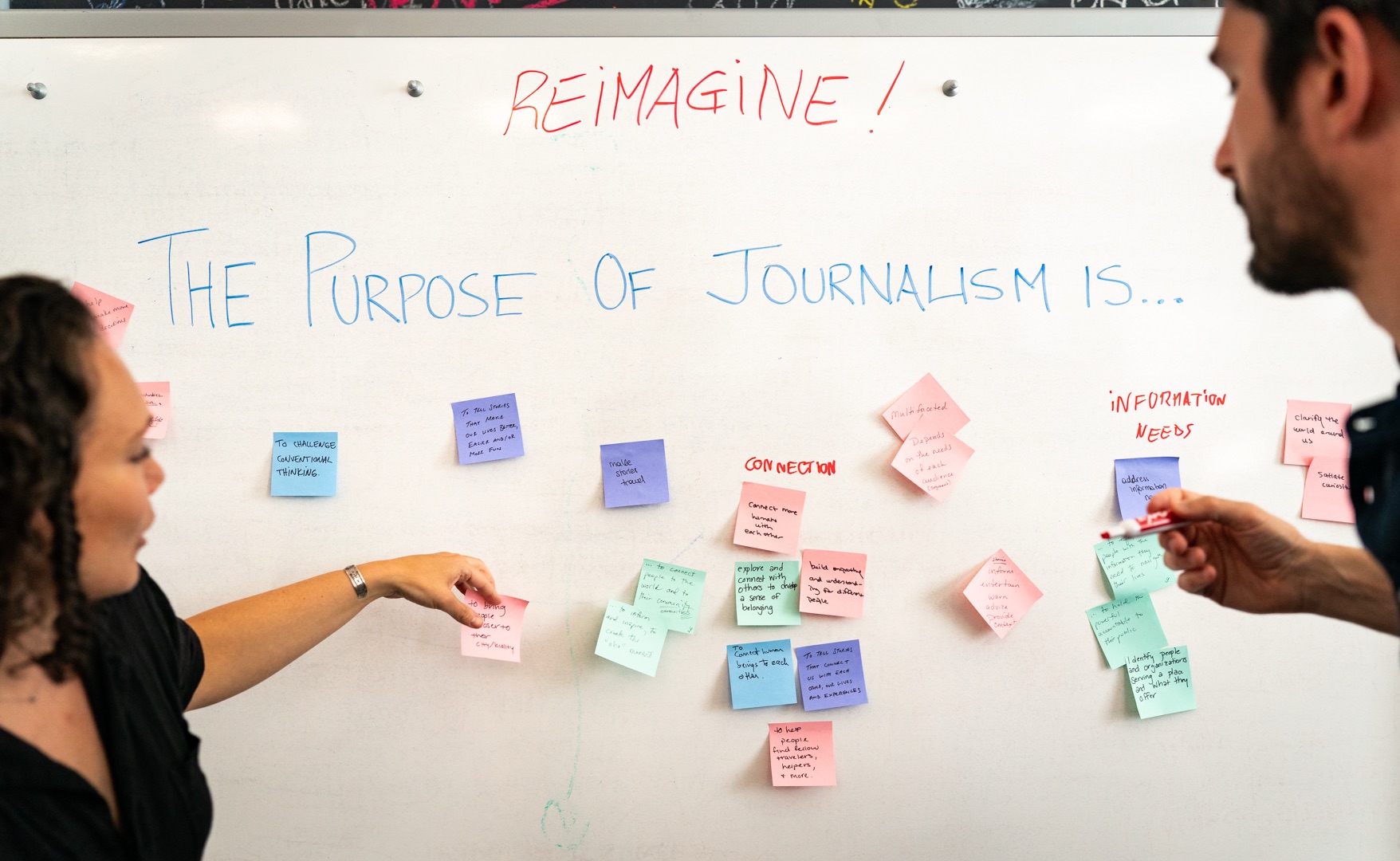Man, I’m still in love with MozFest.
I know I sound like a kid who can’t quit talking about summer camp, but it’s my third MozFest and I’m as excited now as I was two years ago. Back in 2012 MozFest was was intimidating, exciting and incredibly fulfilling by the time all was said and done. It was a tough act to follow, but 2014 seems to have done it.
Why? Probably because I once again showed up in London nervous and excited. I pitched a session which meant I was going to help shape the event more than I had other years. It was a new role and it had me wound up.
With Zach Wise (my colleague and fantastic session idea man) we led a session on how giving users an “in-game” tutorial might make technology easier to learn.
The idea comes from video games where in-game tutorials are a fairly common way to get players up to speed quickly. Gamers are surely familiar with the technique, but for folks who aren’t familiar the gist is that you learn to play as you play, just like a “practice hand” common to family card nights.
With technology, the idea is that you’d learn as you build a project through a guided tutorial rather than watching a demo, reading a how-to or exploring the technology on your own.
Zach gave the 15 folks who showed up to our session a quick overview of how tutorials are used in games, including a few guidelines for effective tutorials:
- Less text. Use as few words as possible to explain the lesson.
- No frontloading. Avoid giving people too much information at before they start building or using a particular tool, which forces people to recall the instruction/information later.
- Make it rewarding. Use sounds, motion and other interesting visual affects to reward correct tasks. Think about the rewarding clinking of the coins you’d collect in the old Mario Brothers or Sonic the Hedgehog games.
- Reinforce through use. Using human phrases like “good job” or “way to go” can help users learn and keep moving forward.
- Listen to your users.
Then we took a few real-world tools — Mozilla’s Appmaker and PopcornJS, Google’s Fusion Tables, and Knight Lab’s StoryMap — and asked participants to storyboard “in-game” tutorials for each tool.
While most groups were successful in coming up with a compelling storyboard for how they’d apply an in-game tutorial to a digital tool or resource, I thought the most effective invented a project for their users to build and a goal to reach, just like in a game.
For example, one group decided to coach users through how to use Appmaker by having them make a stopwatch, a quick and simple project that introduces the essential ideas and skills you need to use Appmaker.
In a game, the objective is almost always clear: progress and eventually win the game. With a tool, the objective isn’t necessarily clear from the start (this is particularly true for beginners), which means inventing a project or objective is key.
Other potential projects for the tools we discussed: Ask users to map their commutes with StoryMapJS, hack a raw news video with PopcornJS, modify a dataset on crime to learn Google Fusion Tables.
Overall, I think the session succeeded. Our participants got to think about a new idea and to collaborate and create something from scratch in an hour. Personally, I got to think more about our idea and learn from their work. But I also got to experience the thrill of MozFest by taking on a new role. A thrill isn’t why I came to London, but is a plenty good outcome and testament both to the event and taking on new challenges. Can’t wait for next year.
About the author





